The White Road :A Pilgrimage of Sorts
R380An intimate narrative history of porcelain, structured around five journeys through landscapes where porcelain was dreamed about, fired, refined, collected, and coveted.
Showing 385–400 of 411 results

An intimate narrative history of porcelain, structured around five journeys through landscapes where porcelain was dreamed about, fired, refined, collected, and coveted.


Whether you’re a member of a choir or a professional singer, preparing for a big presentation or planning a wedding speech, This is a Voice will ensure that you make yourself heard.
 Out of stock
Out of stockThrough the Darkness: A Life In Zimbabwe is a book long anticipated. Judith Todd’s chronicle of Mugabe’s crimes against his people appals, yet the life of the subtitle has been a high-spirited crusade for justice, democracy and freedom of the press.
Firmly attached to the progressive values of her parents Grace and Garfield Todd erstwhile prime minister of colonial Southern Rhodesia benevolent paternalists engaged in ranching, healing, teaching and politicking in south-west Zimbabwe since 1934, their daughter has proven to be cut from the same cloth.
She was exiled in 1972 by the late Ian Smith, Zimbabwe’s last white prime minister, and stripped of her citizenship by the Mugabe government in 2003. Todd now holds New Zealand citizenship and lives in Cape Town, South Africa.
When Todd returned to Zimbabwe from exile in Britain shortly before independence in 1980, and soon realised that, far from being the solution to Zimbabwe’s ills, Robert Mugabe and his ruling Zanu (PF) party were increasingly becoming the problem. She says when asked what she thinks went wrong in the country that “it’s almost as if Mugabe is angry he is mortal and wants everyone else to die before he does.”
As the country slid into economic and social decline, Todd had a front-row view from her position as director of a local development agency. Over the first 25 years of Mugabe’s rule, she kept journals, notes and copies of letters and documents from which she has compiled an intensely personal account of life in Zimbabwe. These make up Through the Darkness: A Life in Zimbabwe.
Todd’s narrative allows her to record slowly, becoming aware of how ruthlessly the party will enforce its authority and how totally it will contain and then eliminate everything that it regards as dissidence. Only by using the narrative method that she has used is Todd able to convey not only her slow disillusionment but to speak with authority about what is happening. Her authority derives from her presence, from the fact that she records nothing that she has not directly experienced.
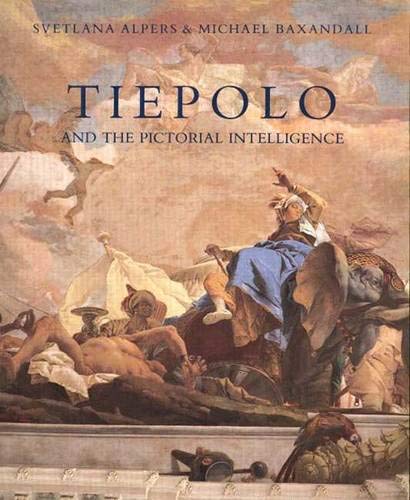
Tiepolo is a brilliant example of the specifically pictorial intelligence. This book is both a study of his art and an argument for fuller recognition of the peculiarities of the painters’ representational medium. Svetlana Alpers and Michael Baxandall locate distinctive modes of Tiepolo’s representation of the world and human action; follow his process of invention from first pen drawings through small oil-sketches to great frescoes; and analyze his best and biggest painting, the Four Continents, in the Stairway Hall of the Prince-Bishop’s Residence at Wurzburg, which is illustrated with photographs specially taken for the book.
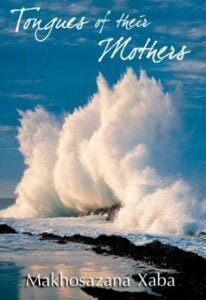 Out of stock
Out of stockMakhosazana Xaba’s second poetry collection is an arresting combination of challenging social commentary and intensely personal reflection.
This poetry of everyday life, flavoured with the spice of fresh and witty observation, written with the sure hand of one who delights in the power and possibilities of words.

This collection of hard-hitting and highly readable essays reflects Gombrich’s preoccupation with the central questions of value and tradition in our culture. He confronts – with characteristic incision and erudition – some of the most urgent issues that challenge today’s students of art and civilization.

.Two novellas – one a parable about Zimbabwe, the other a jazzy story about madness and music in a Johannesburg inner city suburb.
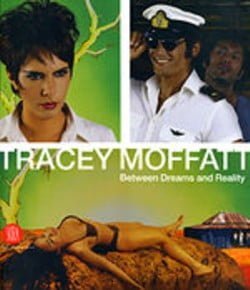
Making art is quite therapeutic, Tracey Moffatt once said of herself. This brief statement reveals much of the artist’s personality and above all about her manner of interpreting the artistic experience, a practice that frequently refers to her personal episodes and events.

This book is an essential reference tool for all those who have a passion for trees as well as those who work in tree-related professions whether they be garden managers, forest and country park wardens, foresters, woodland managers, or those working in the fields of arboriculture and horticulture. This volume is also intended to be…

Born A Crime is the story of a mischievous young boy who grows into a restless young man as he struggles to find himself in a world where he was never supposed to exist.
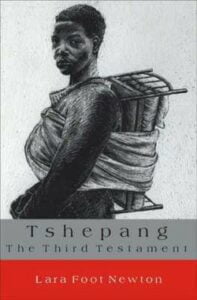
AOM
In 2001 South Africa was devastated by the news of a brutal rape of a nine-month-old child who came to be known as baby Tshepang. The media reported that she has been gang raped by a group of six men. Later it was discovered that the men had been wrongfully accused and that the infant had instead been raped and sodomized by her mother’s boyfriend. Once the story of baby Tshepang hit the headlines, the scab was torn off a festering wound, and hundreds of similar stories followed.
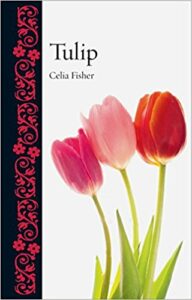
In this book, Celia Fisher traces the story of this important and highly popular plant, from its mountain beginnings to its prevalence in the gardens of Mughal, Persian, and Ottoman potentates; from its migration across the Silk Road to its explosive cultivation in the modern European world.

Spanning a wide geographical range, this collection features many of the now prominent first generation of African writers and draws attention to a new generation of writers. Powerful, intriguing and essentially non-Western, these stories will be welcome by an audience truly ready for multicultural voices.

This photographic title is comprised of diverse sections, including historical pictures, a map of the country and the actual photographic journey. The journey is divided into three sections that echo the geographic regions of the country

In this international companion work to ‘Black Sacrifice: The Sinking of the SS Mendi, 1917’, historians John Gribble and Graham Scott draw upon the archaeological research carried out since the wreckage was discovered in 1976. The authors offer a different insight into the part played by the non-combatants of the Labour Corps and why the wreck of a British built steamship has become an internationally recognised symbol of equality and social justice.
No products in the basket.